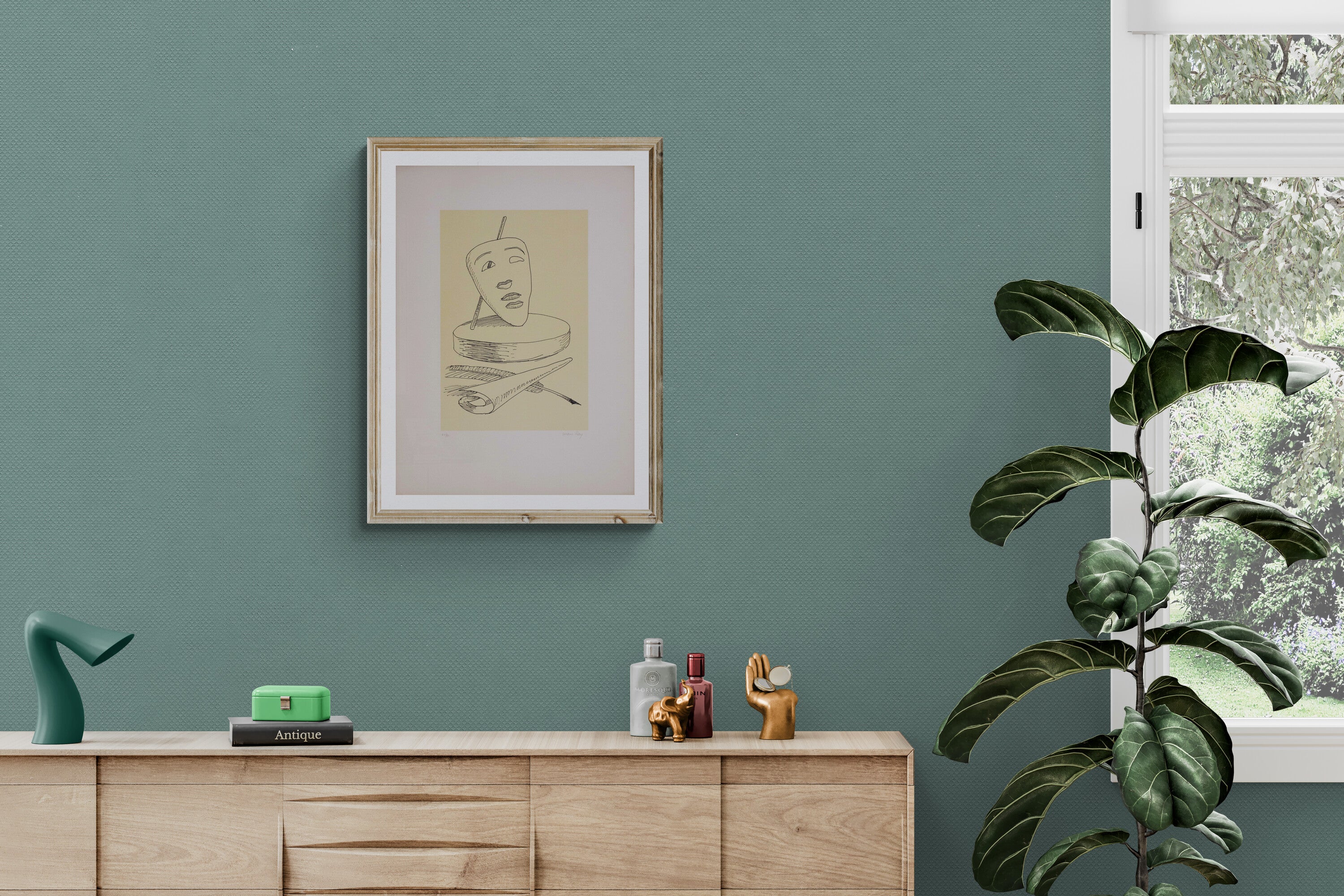Orfeo Tamburi biography
- ORFEO TAMBURI ARTIST
Orfeo Tamburi, born on May 28, 1910, in Jesi, was a renowned Italian painter whose artistic journey left an indelible mark on 20th-century art. His eclectic and adventurous career led him to explore various cultures and artistic styles, thus helping to create a link between Italian tradition and international influences.
After graduating from the Technical Institute in 1926, Orfeo Tamburi moved to Rome in 1928 with a scholarship to study at the Liceo Artistico on via Ripetta. His thirst for knowledge took him to the Academy of Fine Arts in Rome, where he had the opportunity to interact with illustrious artists such as Ennio Flaiano and Vincenzo Cardarelli, paving the way for his future artistic evolution.
In 1932, he made his debut as a painter by exhibiting works at the III Sindacale Laziale. This marked the beginning of a series of exhibitions that led him to participate in the I Mostra Nazionale del Sindacato degli Artisti in Florence, where his works began to capture the attention of art enthusiasts. However, it was his stay in Paris in 1936 that had a decisive impact on his artistic vision. During this period, Orfeo Tamburi came into contact with some of the most important painters of the time and discovered the painting of Paul Cézanne, which deeply influenced his style.
Back in Italy, the painter took part in the Quadriennale di Roma and the Biennale di Venezia, gaining an opportunity to meet the writer Curzio Malaparte and to introduce his work to the international public. Over the years, he continued to exhibit in various Italian cities, showing an impressive variety of styles and artistic themes that reflect his passion for exploration and experimentation.
At the end of World War II, Orfeo Tamburi returned to Paris, a place he would choose as his home for much of his life. The city offered him the opportunity to expand the boundaries of his artistic career, participating in solo exhibitions in Belgium, France, Switzerland, and the Netherlands. His art began to evolve further, incorporating international influences and gaining a global perspective.
His fame grew during the 1950s, when he expressed his talent through exhibitions in the United States, in Los Angeles, San Francisco, and New York, receiving recognition and admiration from art critics and the public. His works capture the essence of different cities and cultures, reflecting his ability to capture the soul of a place through colors and details.
His curious spirit led him to travel to places such as London, Greece, and Austria in the 1960s, continuing to present solo exhibitions in major Italian cities. Throughout his career, Orfeo Tamburi collaborated with various art forms, including cinema, acting in the episode "Invidia" of the film "I sette peccati capitali," directed by Roberto Rossellini in 1952.
In the following years, Orfeo Tamburi continued to exhibit in important Italian and international galleries, consolidating his status as an established artist. In 1969, he founded the "Premio Città di Jesi - Rosa Papa Tamburi," a tribute to his mother and a sign of his desire to promote contemporary art.
His bond with Paris remained strong until the end, where Orfeo Tamburi died on June 15, 1994. His artistic legacy is a testament to a man who embraced diversity and united cultures through his art. His paintings, influenced by Cézanne and enriched by international experiences, remain a celebration of artistic exploration and the search for the human essence through color and form.



